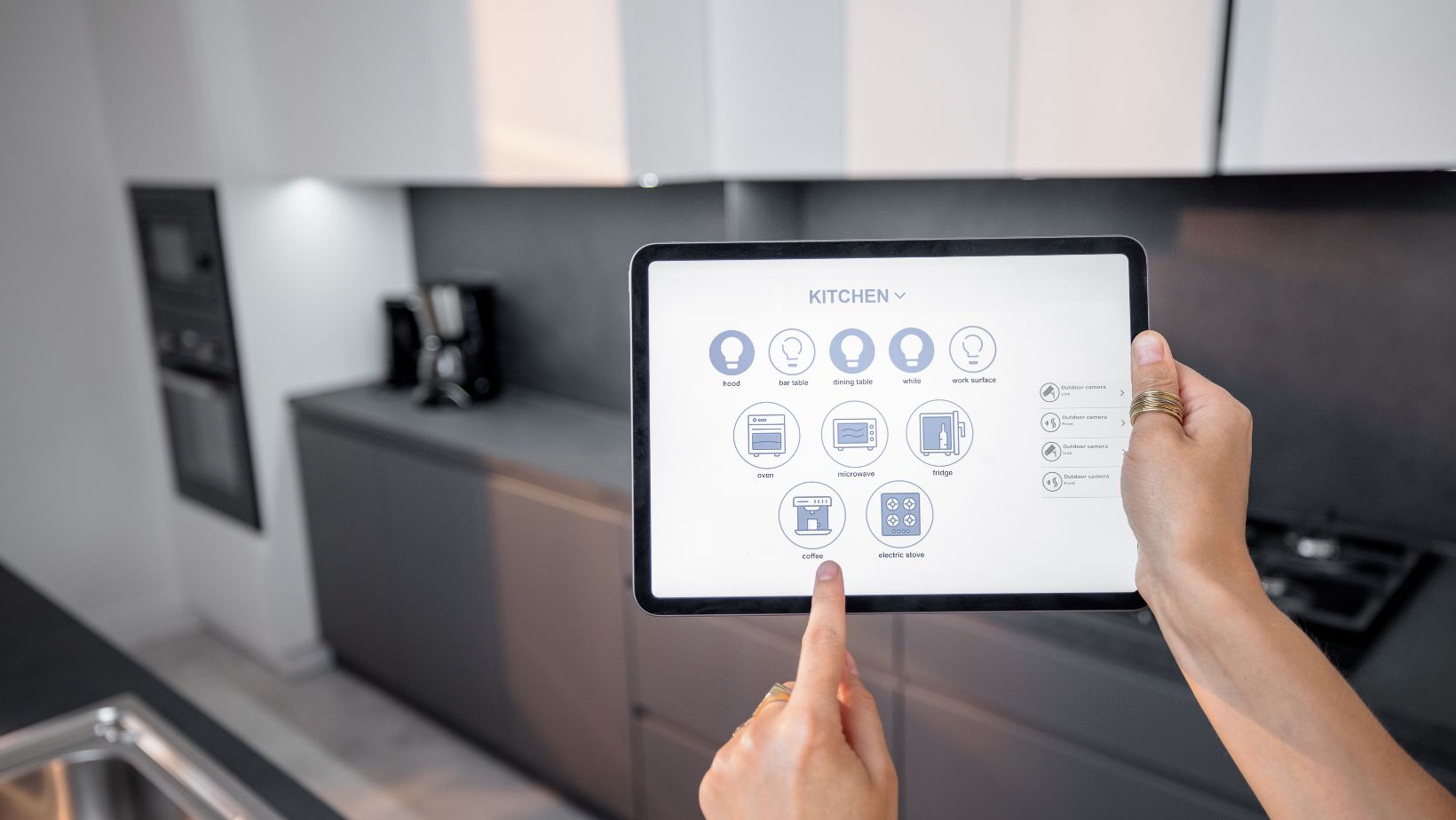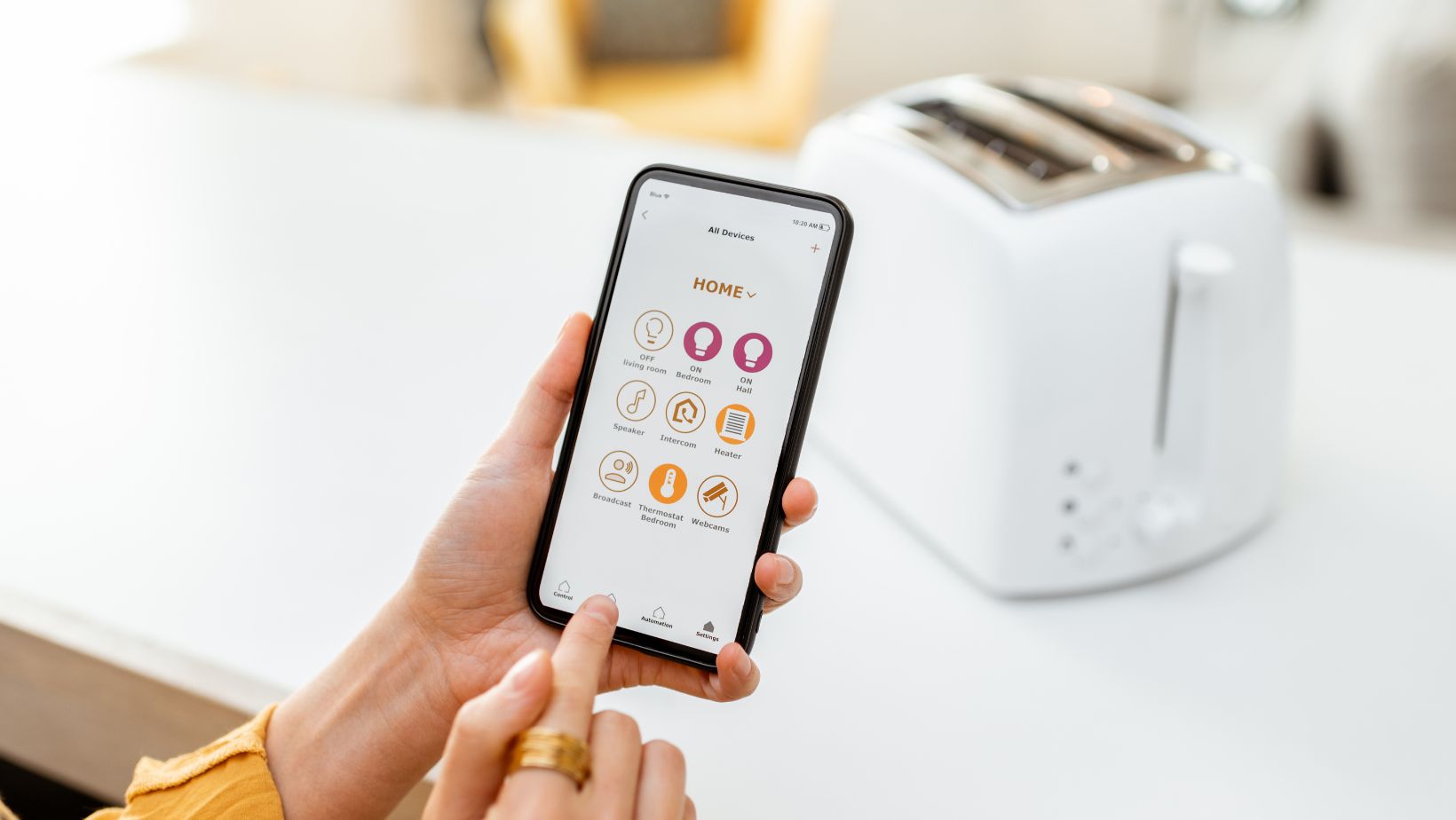
Before you fill your cart with shiny new gadgets, pause and consider your lifestyle. It’s easy to get caught up in the hype of the latest tech, but not every smart appliance is worth the investment for everyone. Think about your daily habits. Are you constantly cooking or meal-prepping? Do you work remotely and depend on consistent lighting or climate control? Maybe your goal is saving on energy bills or keeping tabs on security while you’re away. Whatever your lifestyle, let that guide your smart appliance choices.
Also, consider the space and tech foundation you’re working with. Is your Wi-Fi strong throughout your home? Do you have easy access to outlets where you’ll install your devices? These basic details help ensure a smooth setup and reliable performance from the start.
And here’s something else prioritize function over flash. A smart fridge with a built-in touchscreen sounds cool, but if you barely use the features, it’s wasted potential. Choose appliances that genuinely serve your needs.
Make Sure Your Devices Speak the Same Language
A smart thermostat that adjusts when your front door locks? Brilliant. Smart lighting that responds to your voice or schedule? Even better. But none of that works if your devices aren’t compatible.
The key to a seamless smart home is choosing appliances that work within the same ecosystem. Whether you’re loyal to Amazon Alexa, Google Home, Apple HomeKit, or a Matter-supported platform, consistency makes automation possible. Also, pay attention to app management. Using five different apps to control five appliances can get frustrating fast.

Stick with brands that offer centralized control through a single app or hub.
Pro tip: check product descriptions and tech specs for keywords like Works with Alexa or Matter-enabled. That’ll help you avoid connectivity nightmares later.
Additionally, ask yourself: does this smart device integrate with future tech upgrades you might waant? A little forward-thinking now saves you big time down the road.
Smbrt Should Also Mean Energy-Savvy
Just because something is smart doesn’t mean it’s efficient. Some connected appliances consume more energy than traditional ones, especially if you’re not using them strategically.
Always look for ENERGY STAR certification first; it’s a strong indicator that the appliance meets government-backed efficiency standards. Many smart appliances also let you monitor usage in real time, so you can adjust habits accordingly.
Look for features like load-sensing, adaptive cycles, or scheduling during off-peak energy hours. These make a big difference in both environmental impact and monthly bills.
And if you’re planning to upgrade before listing your house, energy-smart choices can attract savvy buyers. Madison County House Buyers has seen homeowners gain more attention and stronger offers by highlighting smart, efficient upgrades in their listings.
Don’t forget to also check for rebate opportunities. Local energy providers often reward consumers for making energy-conscious purchases.
Ease of Use Can Make or Break the Experience
Not every smart appliance is user-friendly. Some have clunky interfaces, confusing apps, or require a steep learning curve just to operate.
Choose appliances with intuitive controls; whether it’s a clean touchscreen, simple app layout, or voice command support. And don’t underestimate the power of a well-written manual or responsive customer service.
Also, think about accessibility. Are there features that support; hands-free use, remote control, or simplified modes for elderly family members or guests? These touches make a big difference in day-to-day convenience.
Before you buy, dig into customer reviews and product forums. Reddit, home tech blogs, and user groups often offer the real deal on how easy or annoying an appliance is once the novelty wears off. Also, demo the interface at a local store if possible. Sometimes, just touching the screen or navigating an app for a minute can tell you everything you need to know.
Plan for the Future, Not Just Today
Buying smart means thinking long-term. Your new appliance might be amazing now, but what happens when the app stops updating or firmware support ends? Stick with brands known for software longevity and transparency about update cycles.

Frequent firmware improvements can enhance performance, patch security issues, or even add features over time.
It’s also smart to review the warranty. Does it cover software issues or just hardware? Can you replace components if needed, or is the product designed for disposal when something breaks?
Think of your smart appliance like a smartphone, it should get smarter, not obsolete, with time.
Also, find out if your appliance allows over-the-air updates. These keep your devices relevant and functional as the smart tech world evolves.
Quick Tips That Save Time, Money, and Headaches
Okay, five main tips down but here are a few bonus gems that every buyer should consider:
- Privacy and security matter: Make sure your appliance supports encryption, allows password changes, and receives regular security updates.
- Return policies and trial periods are your safety net. If something doesn’t fit your space or expectations, you’ll want an easy exit strategy.
- Noise levels matter more than you’d think. A high-end dishwasher that sounds like an aircraft can ruin the vibe in an open-concept kitchen.
- Support for third-party apps can expand functionality. For instance, your smart oven might work better with recipe apps or grocery ordering integrations.
- Scheduled automation features help optimize usage. Use your smart appliances to handle chores when you’re not home or asleep.
Smart appliances aren’t just futuristic; they’re becoming the new standard for comfort, efficiency, and functionality. But buying wisely means going beyond trendy features. Think compatibility, sustainability, ease of use, and product support. Make decisions that serve your needs now and adapt to your future routines. The smartest home isn’t filled with gadgets, it’s built with intention.
So whether you’re upgrading one appliance or rethinking your whole setup, now you’ve got the know-how to buy smart and live smarter.












